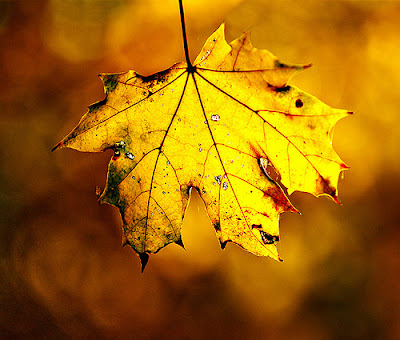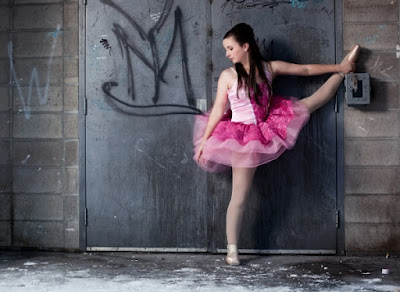For one of my ideas that I thought I could translate over the course of the year I wanted to look into the idea of hyperreality. Hyperreality is a theory that usually corresponds with media. This is an idea of a falsified world that is censored and depicted by the media, this can take place in the form of raised standards of human appearance through alterations in photoshop to censorship in media such as the news which has been 'mediated' for audiences. The vast contrast between the exciting hyperreality that has become envisioned by mass media consumers and the typically boring everyday life of an average person is something that I think can offer some visually interesting results.
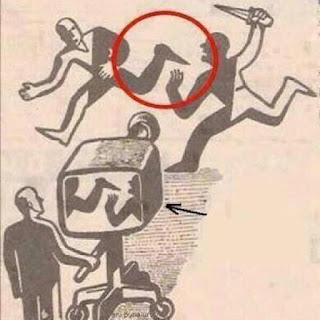
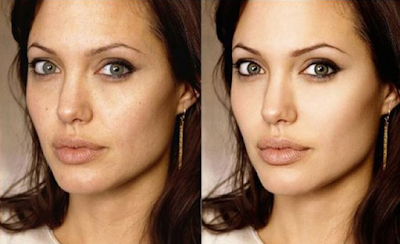
These two images show examples of how hyperreality can affect and change the way in which we interpret an image by adjusting or concealing certain aspects. As a result the story of a picture can be completely altered while our world of everyday humans appear bland in comparison to the one set up within the hyperreality. This is the type of themes that I would like to explore within the topics. I would like to tell visual stories through a hyperreality. I would also like to explore the implications it has on everyday life.
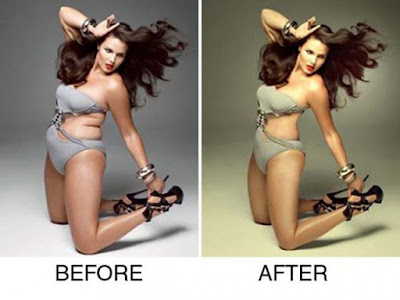
First of all I would like to explore identity within this hyperreality. I think this could be a great starting point. I can start off by using my photoshop skills in order to dive straight into all of the creative options that fall within this subject. I will attempt to create different examples of people who's image have been digitally enhanced by removing any blemishes or other features and enhancing other features such as eye colour, definition in the face or jawline or teeth whiteness as an example. The goal at the end of this will be to create an idea that is not an accurate representation of the real person anymore as they slowly become more of a concept instead of a person. I will use this to explore some formal elements such as contrast by comparing the untouched version against the photoshopped version.

Another subject that I would like to focus on within this idea of hyperreality is censorship and mediation. I think this would be a nice transition from the previous topic as I will be able to incorporate storytelling and layers of meaning within the images. I would like to set up exaggerated examples of how media can control what the audiences interpret. I would like to focus on censorship as well as perspectives to show an accurate representation of how the story can be dictated by the person telling it. I could explore this idea further by taking scenes and situations and using censors to change the context, for example a criminal switching places with an innocent person. I could even incorporate interesting methods within this topic such as silhouettes.
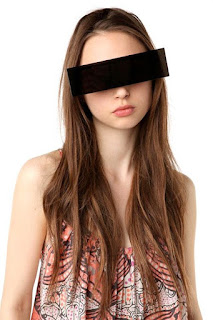
Even an image as simple as the one above gives me numerous ideas of different messages and can show through a similar technique. An idea that I would like to explore would utilise the black bar across the eyes as a way of censoring the person from seeing everything happening around them. I could explore this in more of a visually interesting way by including the violence and reality of the world around the person.
Banksy:
A massive inspiration for me within this subject is not a photographer. Instead, I have chosen the work of street-artist Banksy as a huge inspiration on my work and ideas.
I have chosen to focus my attention to a street artist instead of a photographer as it is clear from the vivid imagery within his art that he is exploring themes that are very contextually aware/relevant. He expresses a unique visual style that depict hidden meanings and messages that I would like to attempt to replicate in some form within my work. I think I could translate this style of striking imagery in relation to some of the censorship work in which I would like to explore.
James White:
James White is a fashion photographer who is based in London. He, like many fashion photographers create the vast expectations of people that is preset within a hyperreality.
James White's work stood out to me because he was able to capture some interesting celebrity portraiture, I felt his work would be a good reference point of how I would need to edit some of my images in order to fit the required media standards. James' work would fit with the identity photography that I would like to focus on at the beginning of my topic. I would need to replicate some of the photoshop techniques used in order to define features while hiding any undesired parts of the image.









